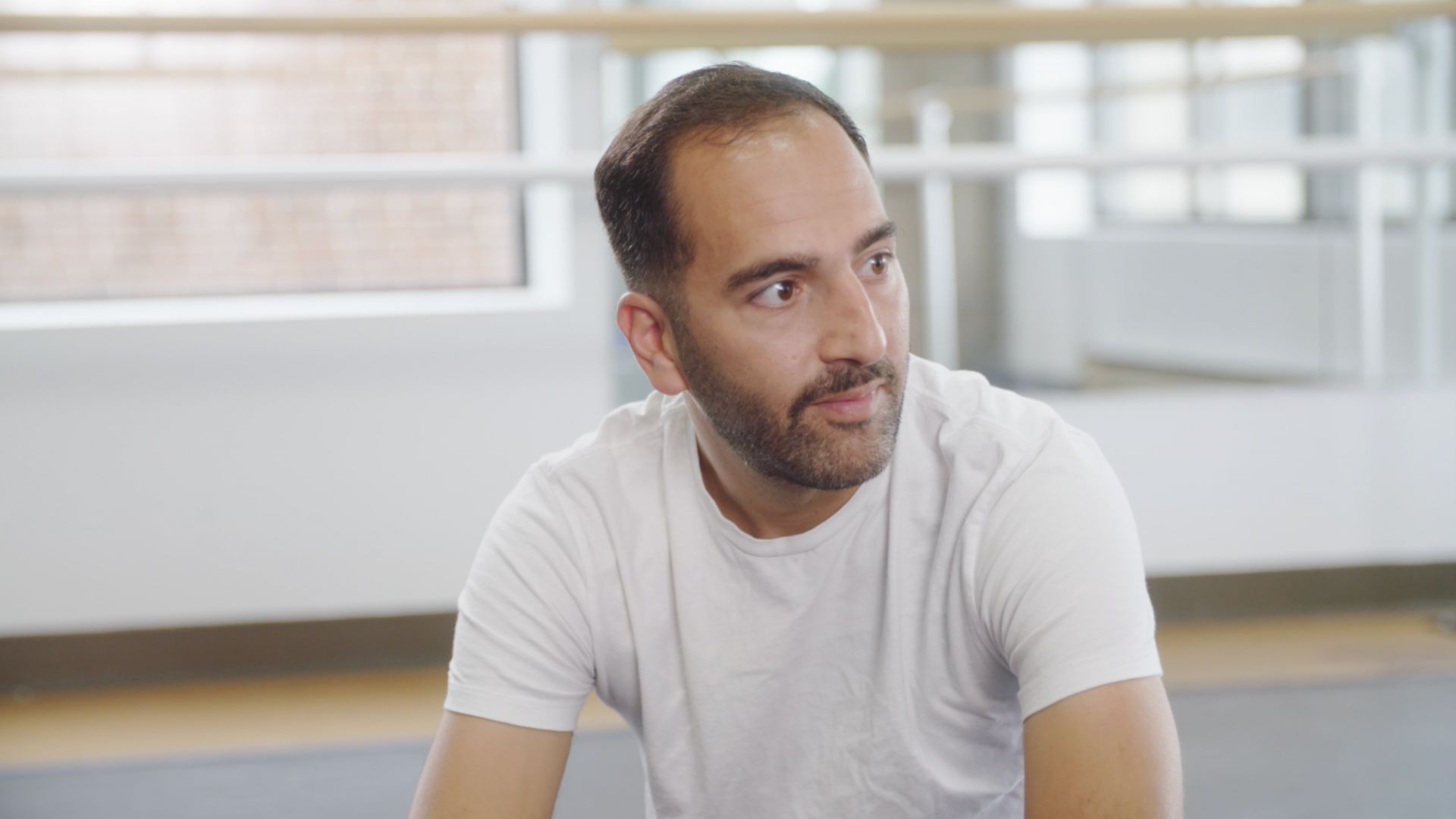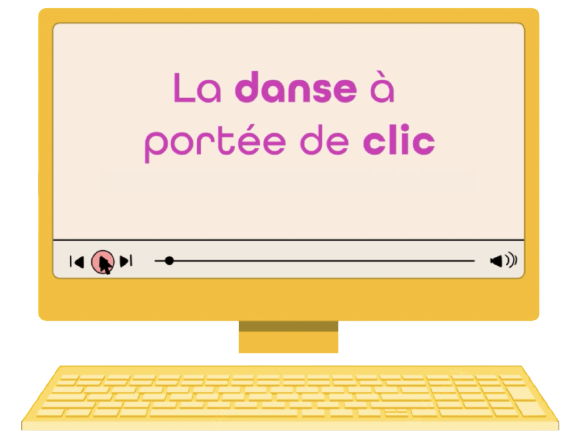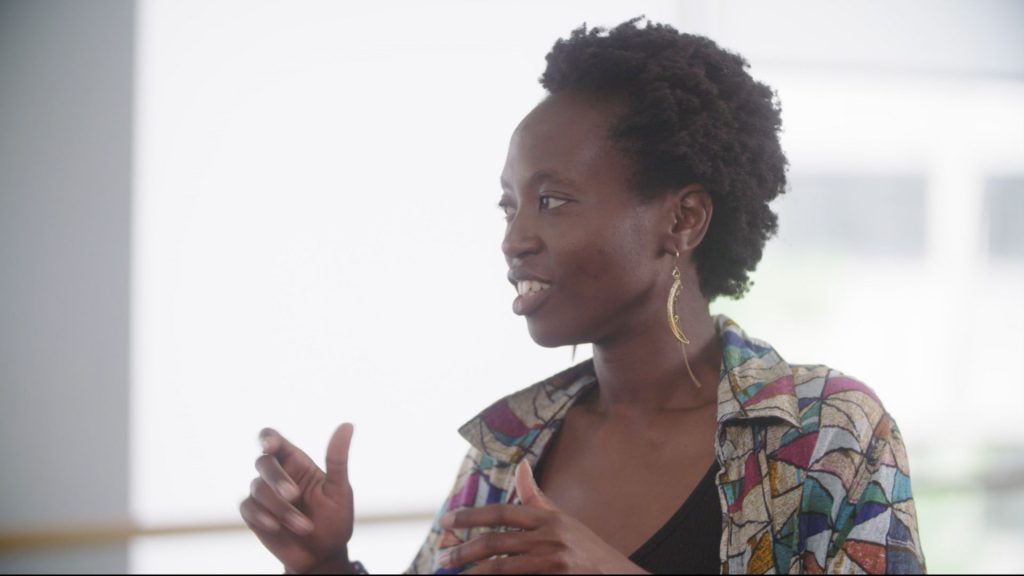Episode 4 -Who does what? Individual roles

Share on social media
Follow us

- Some concepts to explore
Switching in television, webcasting or multimedia capture consists of transitioning various active audiovisual sources in each production (images and sounds coming from various cameras, devices for broadcasting recorded images and audio sources) to the webcast program. In small productions, the switcher is also responsible for directing. In bigger productions, the switcher is paired with a director who does not physically operate the vision mixing console. Instead, the director watches the screens with the various images and instructs the switcher which source to put in the program and where.
In all online webcasts, the Web assistant is the person who exclusively supports the webcast and controls its quality by communicating with the webcasting system or platform when an image or sound reception problem occurs to ensure that it is corrected quickly by the party involved. This remote quality control is essential. In all live webcasts, there is a time lag of several seconds to a minute between when the audiovisual stream is sent on the Web and when the audience receives it. During this time, the director or switcher is unable to control the quality of the webcast, given the tasks that require their full attention.
Person responsible for the photographic and visual aspects of the recorded image. Also known as the DoP or DP, the director of photography decides, with the director, the camera moves and sometimes the movements of the performers in the film. In the case of videodance or cinedance, the relationship between the DoP, director and choreographer demands even closer collaboration when it comes to the relationship between the camera moves and the performers’ movements.
The production house, also called production studio, is a professional organization, often incorporated, which combines technical, artistic and production expertise. The production house usually takes charge of the organization and planning of filming, provides human and/or material resources, and ensures the smooth running of an audiovisual production. Originally employed in the film, television or advertising fields, production houses are increasingly interacting with theatre creation companies as providers of capture, webcasting, videodance and other services.
A video switcher is a hardware device to which several cameras and recorded image display devices are connected, as well as microphones and recorded sound listening devices. The video switcher (also audio/video mixing console) makes it possible, on the one hand, to view and listen to the images and sound of all the devices connected to it and, on the other hand, for a director or switcher to choose (switch) the image and sounds sent to one or more outlets for recording or webcasting.
Like the filmmaker, a videographer is anyone who performs a creative and technical function in the video field. The term is widely used to describe a person who can film images and who has a good general understanding of all the jobs involved in a video production, such as editing, calibration, and sound recording. Unlike the actual director who uses the DoP for filming and audio/sound recording, the videographer is often the person who mixes creativity and multiple technical strengths. The smallest productions often call on the services of videographers, while productions with more substantial budgets call on teams whose members are more specialized in their respective fields.
Person with the knowledge and skills required to direct an entire audiovisual project for video, film, television, radio or musical recording. The director is responsible for the final product and dialogue, which is done by speaking with and following up on the work of all the members of the production team. It is usually the director who signs off on an audiovisual work. In the case of a webcast of a stage work, it can be a co-production between a director and choreographer or project manager.






